Introduction

A wristwatch is far more than a mere accessory; it’s a testament to human ingenuity and the pursuit of precision in keeping time. Over the decades, wristwatches evolved dramatically, reflecting changes in technology, social attitudes, and the fashion landscape. In this article, we will traverse through time, witnessing the sequential evolution of these timekeeping devices from the early 20th century to today’s smartwatches.
The Roaring Twenties: The Birth of Modernity
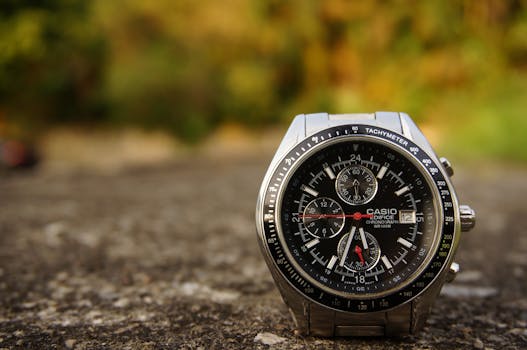
The 1920s are often recognized as the beginning of modern fashion, and wristwatches emerged as stylish and practical alternatives to pocket watches. Companies like Rolex and Cartier offered elegant models that adapted to the time’s liberal trends. This decade generated a strong interest in wristwatches as women entered the workforce, necessitating functionality without sacrificing style.
World War II and Military Influence (1930s-1940s)
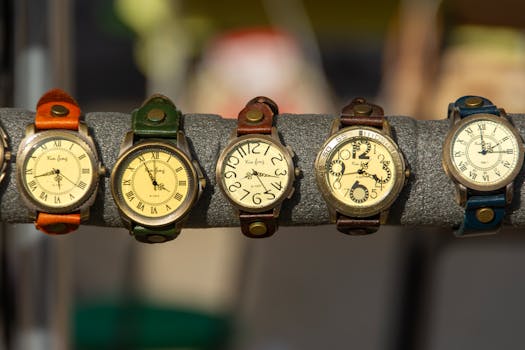
Throughout the 1930s and 40s, wristwatches saw innovation driven by the military. Why? Reliability and durability became paramount for soldiers in combat, which sparked innovations like the pilot’s watch and the dive watch. Brands like Longines, IWC, and Omega produced watches that were water-resistant and featured luminous dials, revamping the wristwatch into something fit for action while amplifying its stature in everyday civilian life.
In the Post-War Era: Luxury and Technical Sophistication (1950s-1960s)
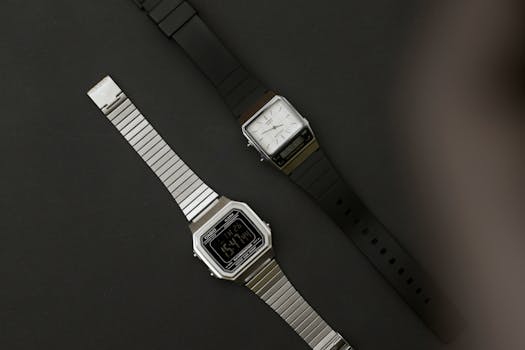
Post-World War II bounced wristwatch production back together with a fresh market for luxury as people began to embrace consumerism. The era of automatic and chronograph watches commenced, showcasing ornate designs and personalization capacity, creating fierce demand amongst collectors. Timely names like Jaeger-LeCoultre and Patek Philippe surged in popularity, symbolizing prestige.
The Quartz Revolution and Tech Influence (1970s-1980s)
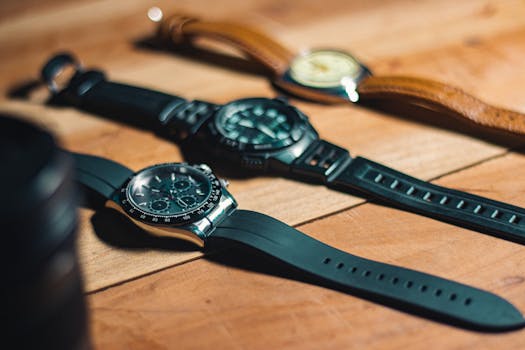
The 1970s witnessed a seismic shift with the advent of quartz technology. Watchmakers transitioned to battery-operated movements that provided unparalleled accuracy at more affordable prices. Brands like Seiko invaded global markets, outpacing previous watch styles. However, during this era, designs also moved towards electronic features, paving the road for the extensive functionality seen in smartwatches today.
Modern Times: The Smartwatch Era (2000s-Present)
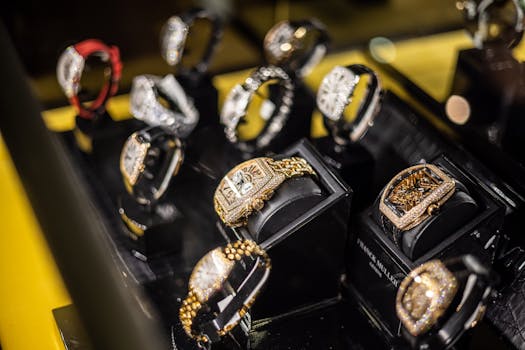
Fast forward to the 21st century, smartwatch technology exploded on the scene. Icons like Apple Watch and Fitbit encouraging consumers to not just wear timepieces but also track their health and communication. These devices blurred the technical boundaries for wristwatches as they began to surge in popularity in place of traditional models. Such developments posed new perceptions about functionality and aesthetics, causing contemporary watchmakers like TAG Heuer to create hybrid models that merged tech with luxury.
Conclusion

The evolution of wristwatches mirrors wider societal changes, demarcating style, technology, and personal values throughout the decades. From a luxury item to functioning healthcare technologies, wristwatches continue to adapt and evolve, promising an intriguing future.”
Key Takeaways
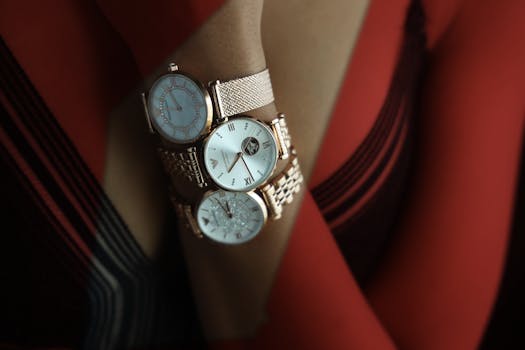
- The journey of wristwatches reflects technological advances and cultural shifts.
- The 1920s established wristwatches as a fashionable alternative to pocket timepieces.
- World War II spurred innovations for military use, making watches more durable.
- The Quartz Revolution drastically changed the approach to time-keeping in the watch industry.
- Smartwatches symbolize modern advances and consumer transition in wrist design.



